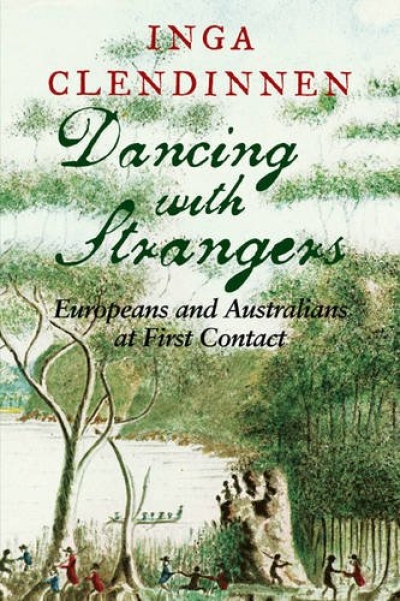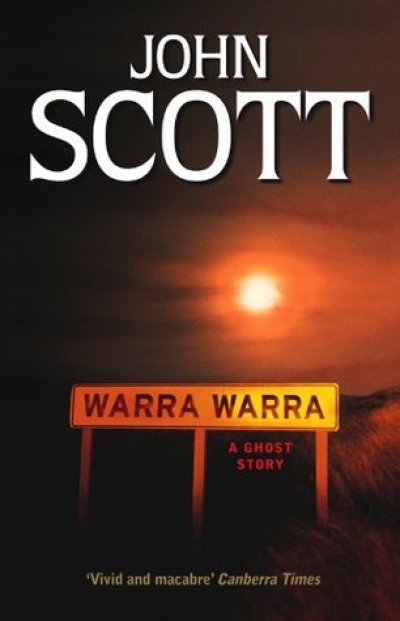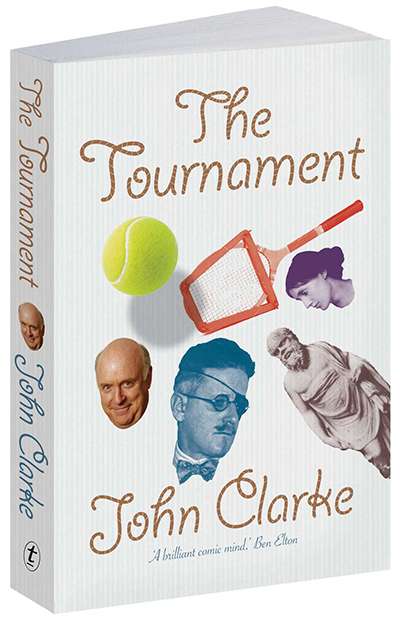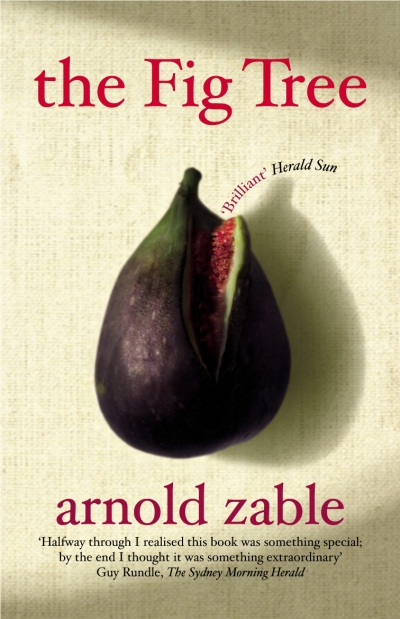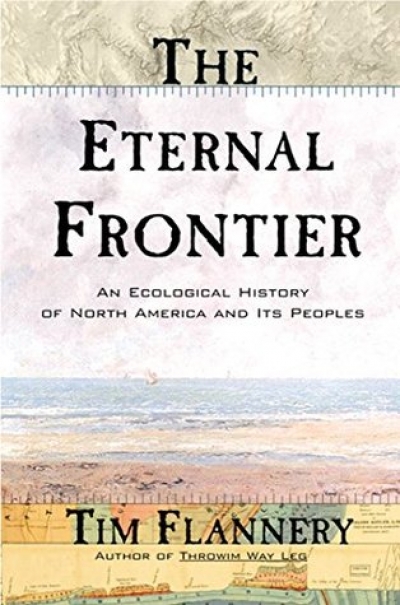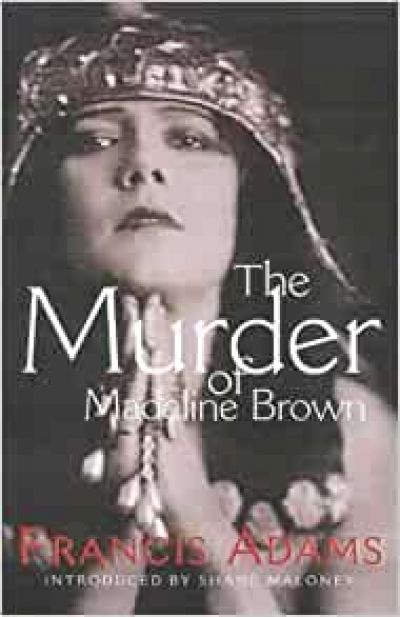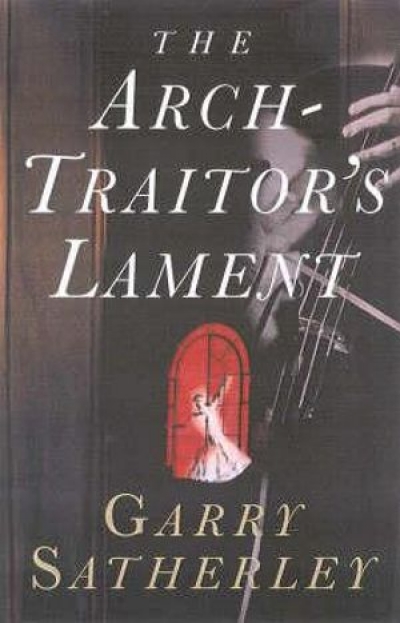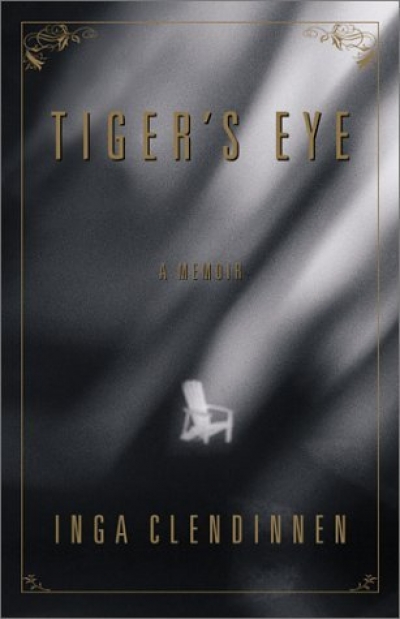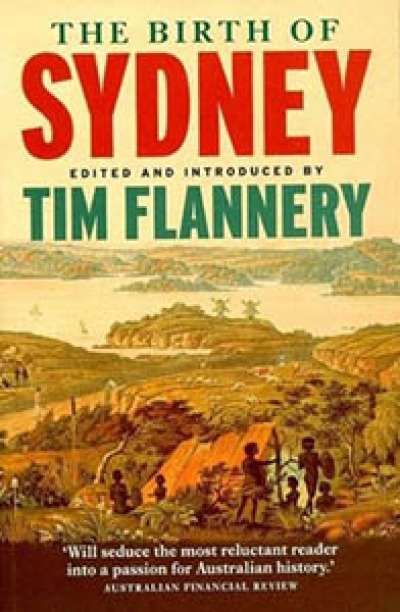Text Publishing
These four titles are reissues of well-known texts, or of the work of well-known writers, from four different publishers. A good sign perhaps, very welcome at a time when publishing seems ever more ephemeral and when many works, even from the recent past, are unavailable.
... (read more)The Eternal Frontier: An ecological history of North America and its peoples by Tim Flannery
by Rhys Jones •
The Birth of Sydney edited by Tim Flannery & Buried Alive, Sydney 1788-92 by Jack Egan
by Robyn Annear •

